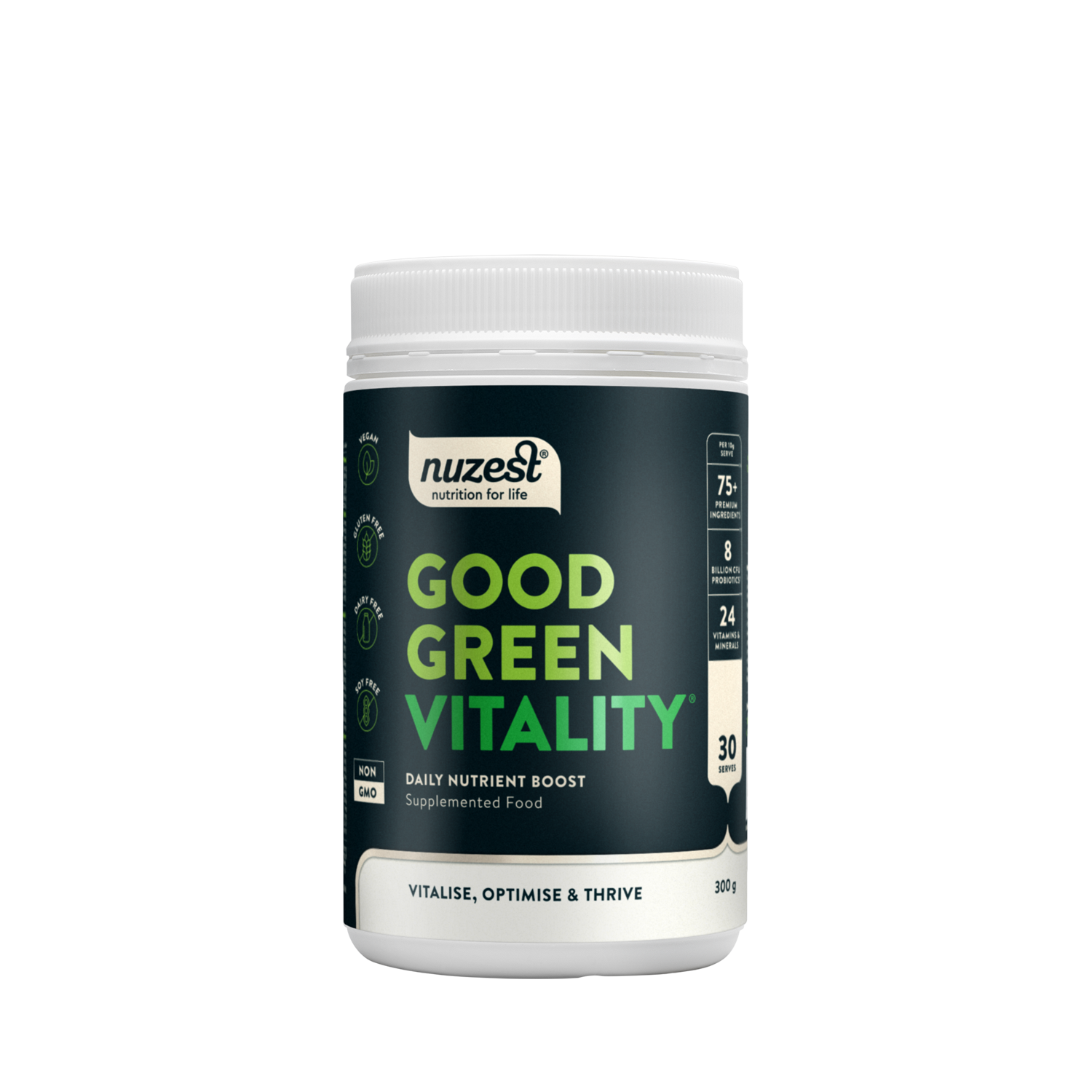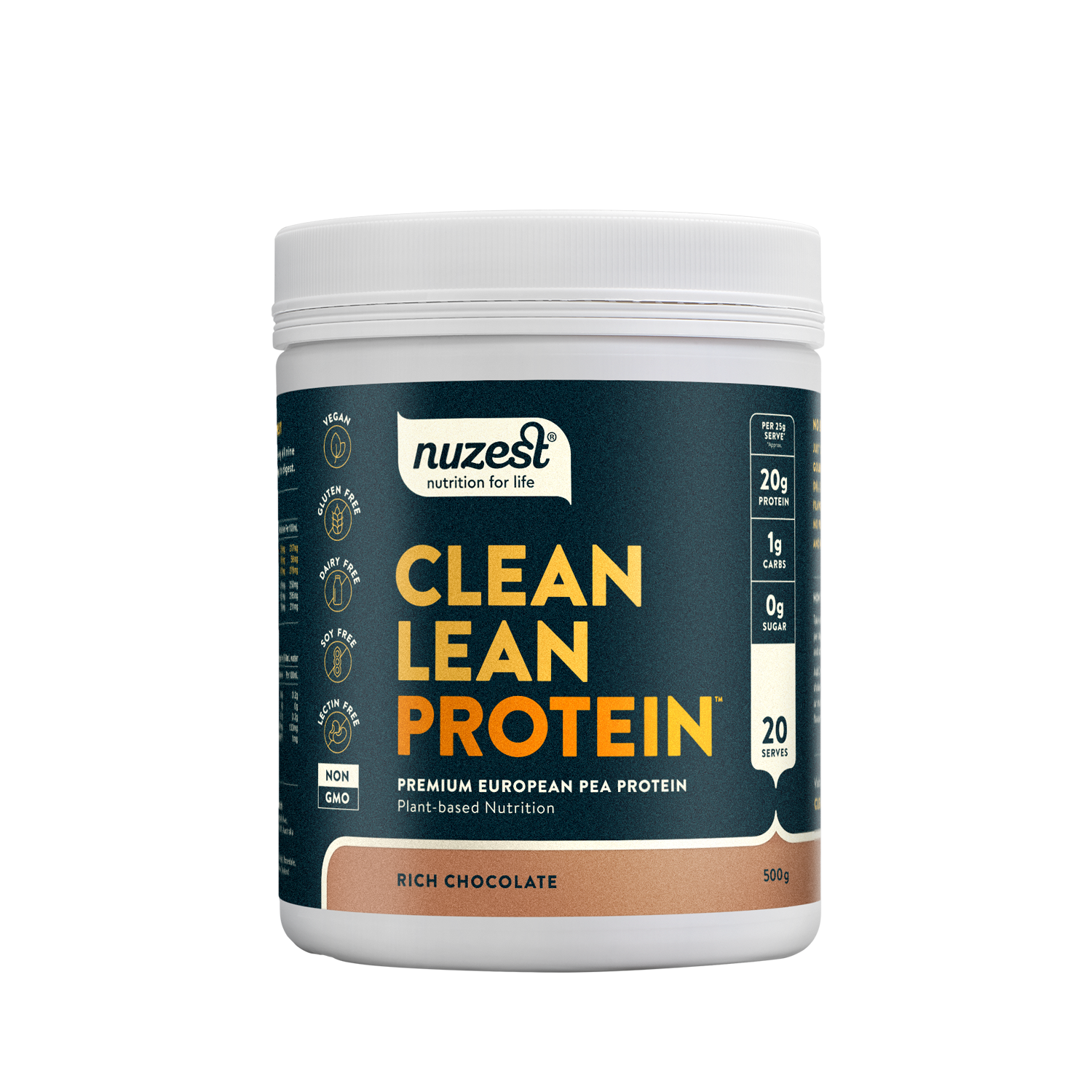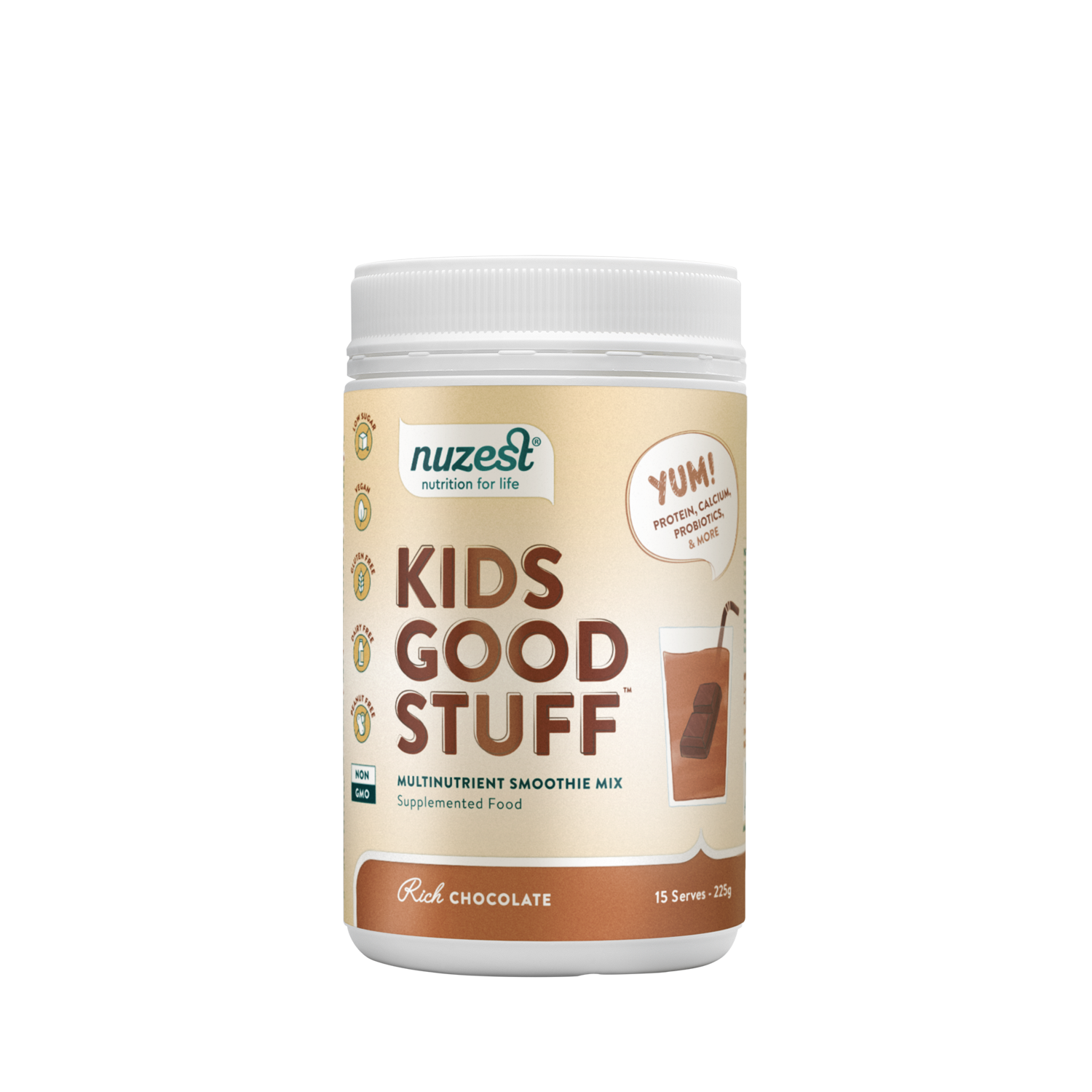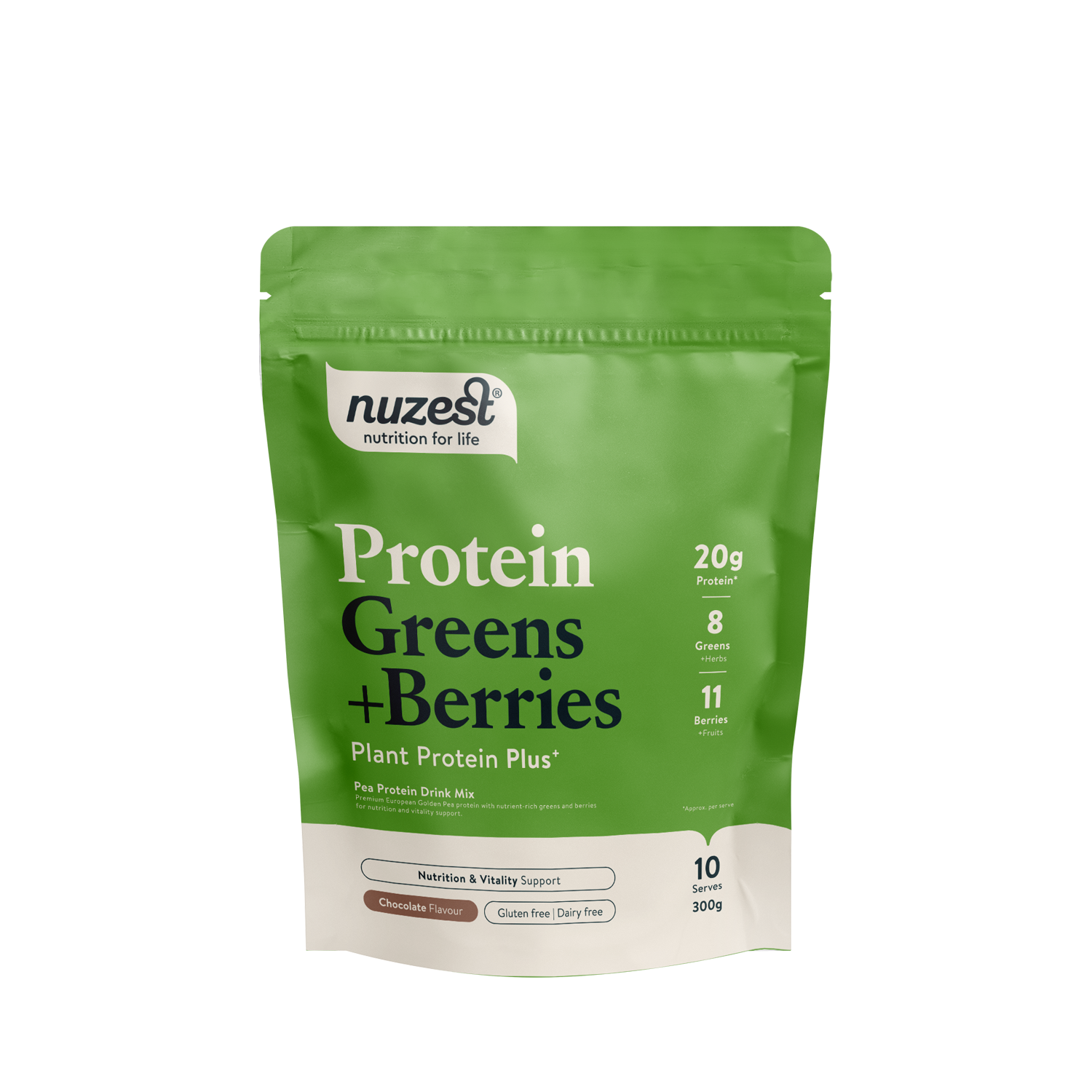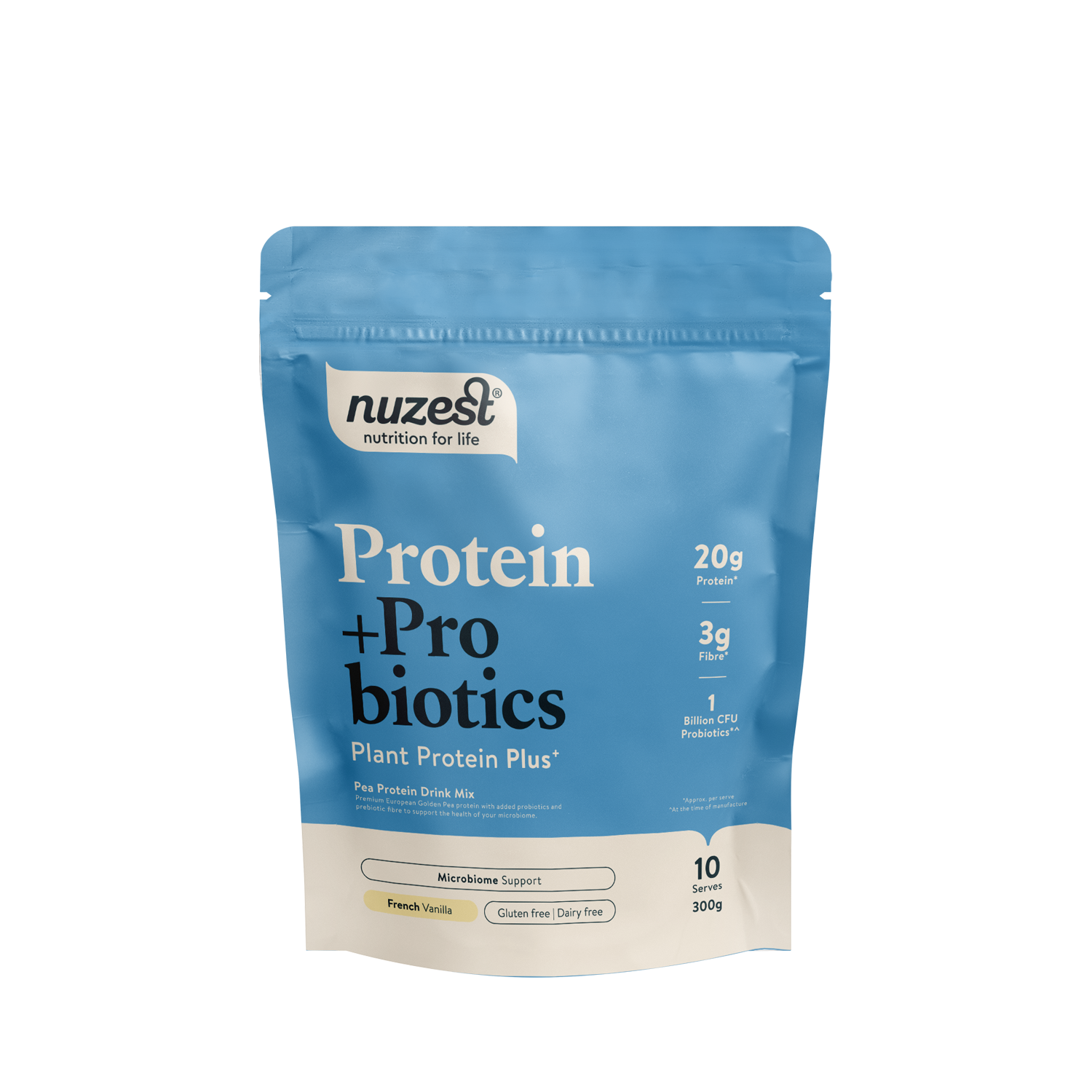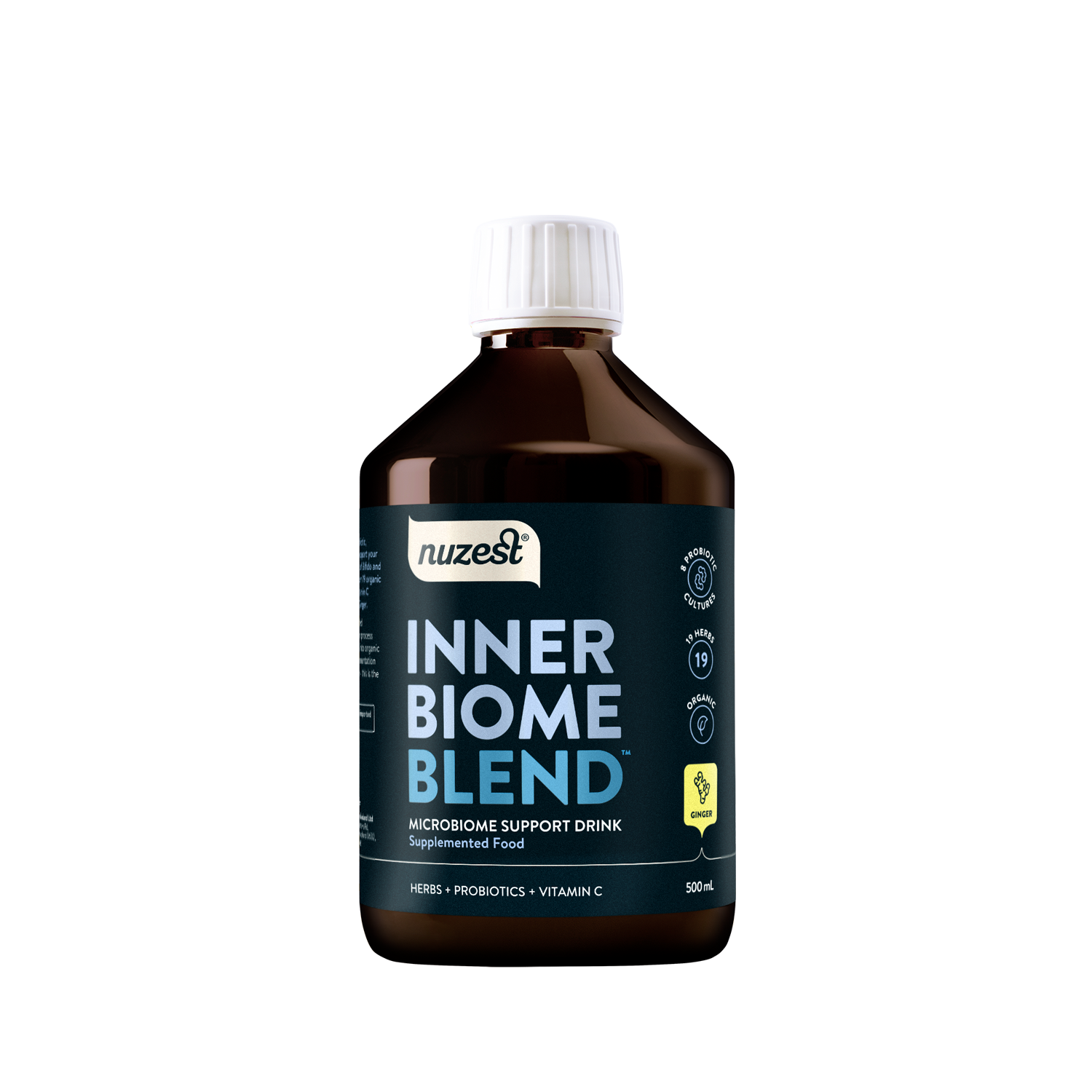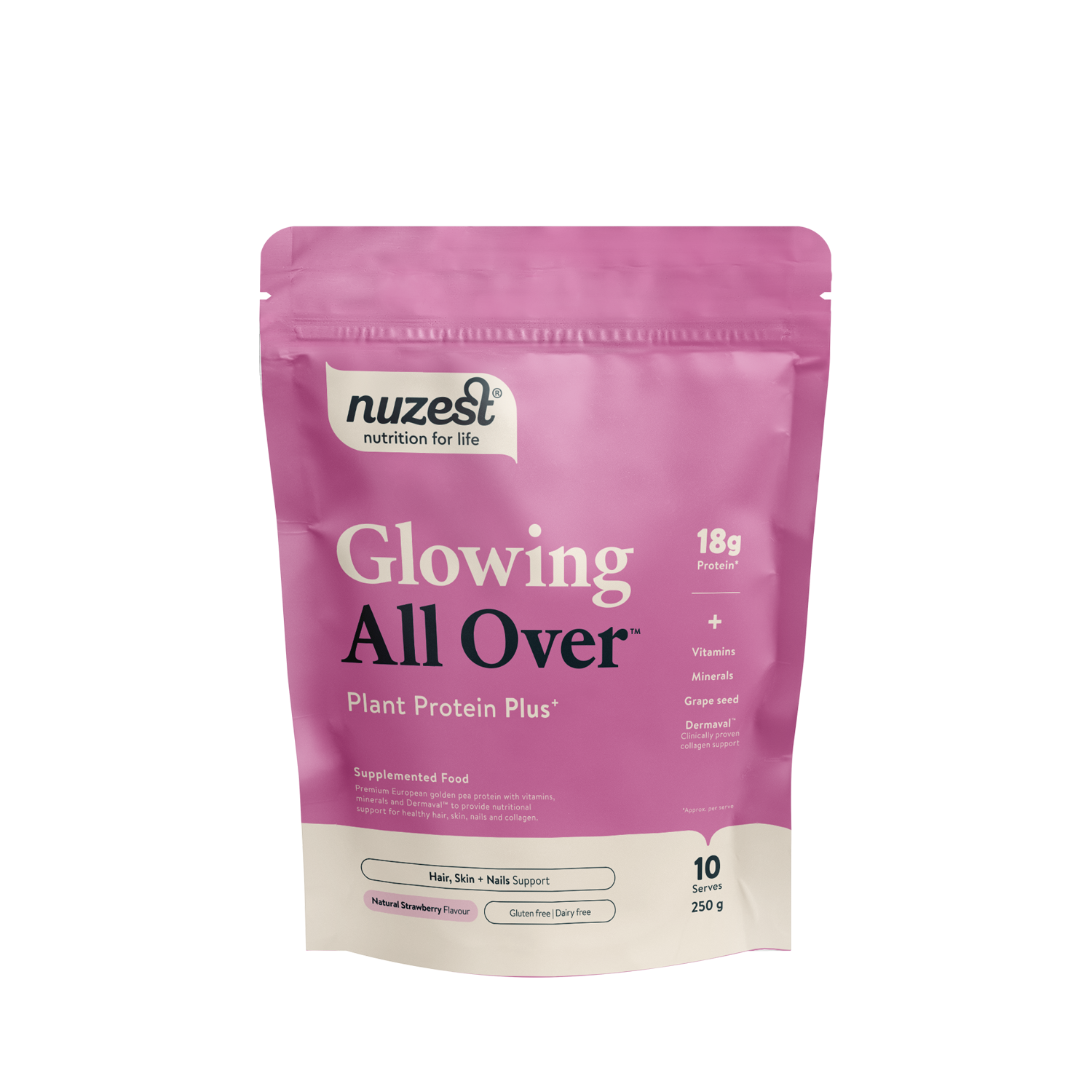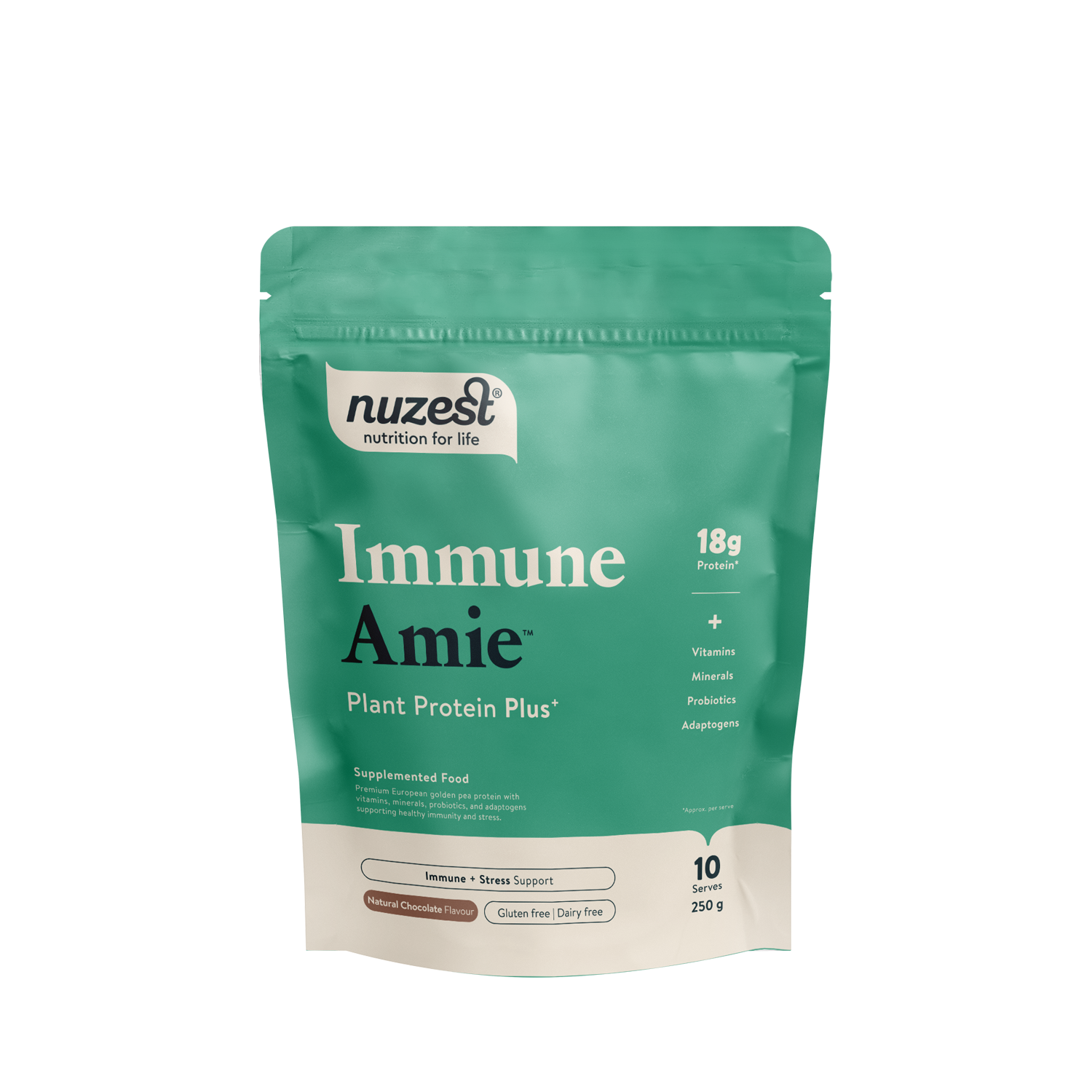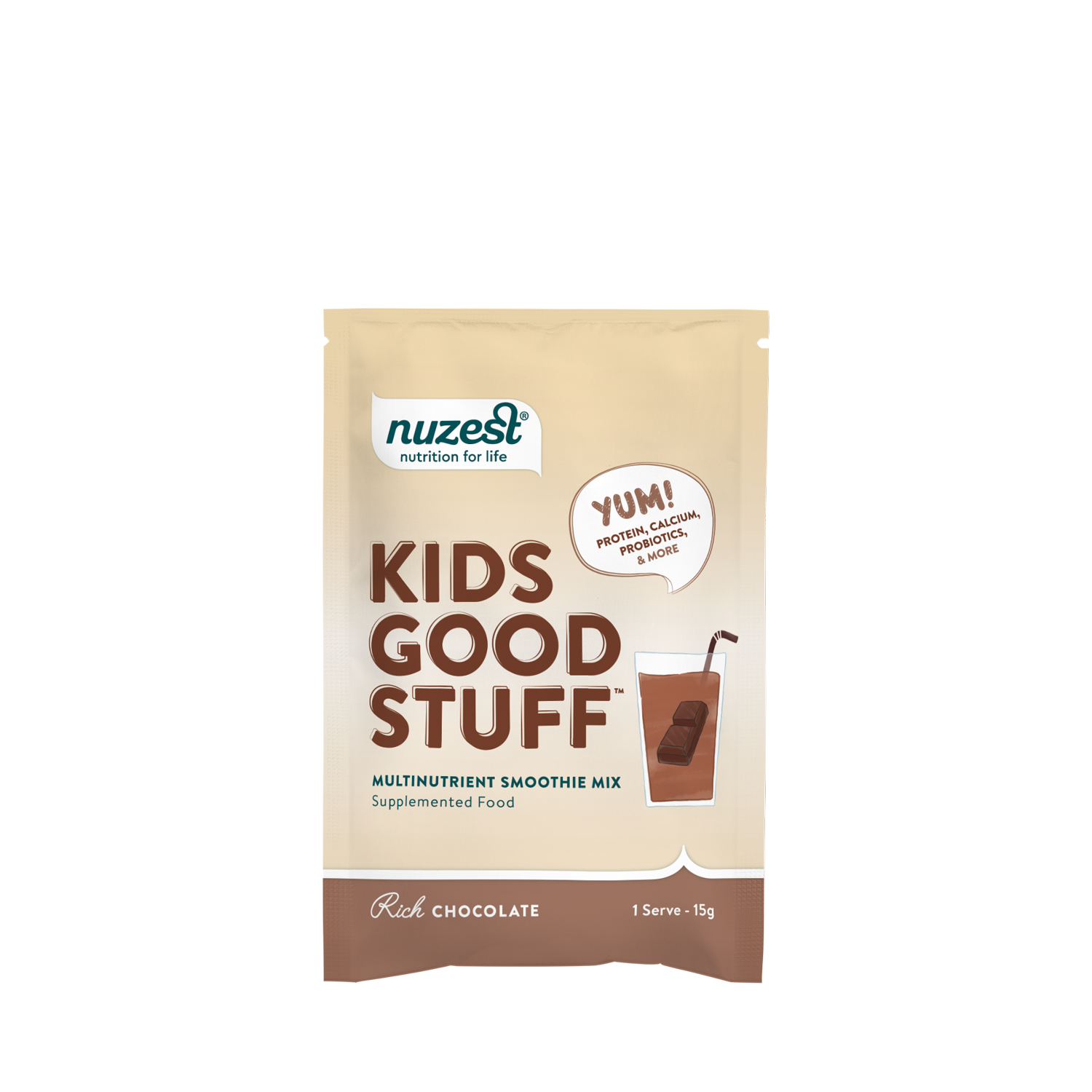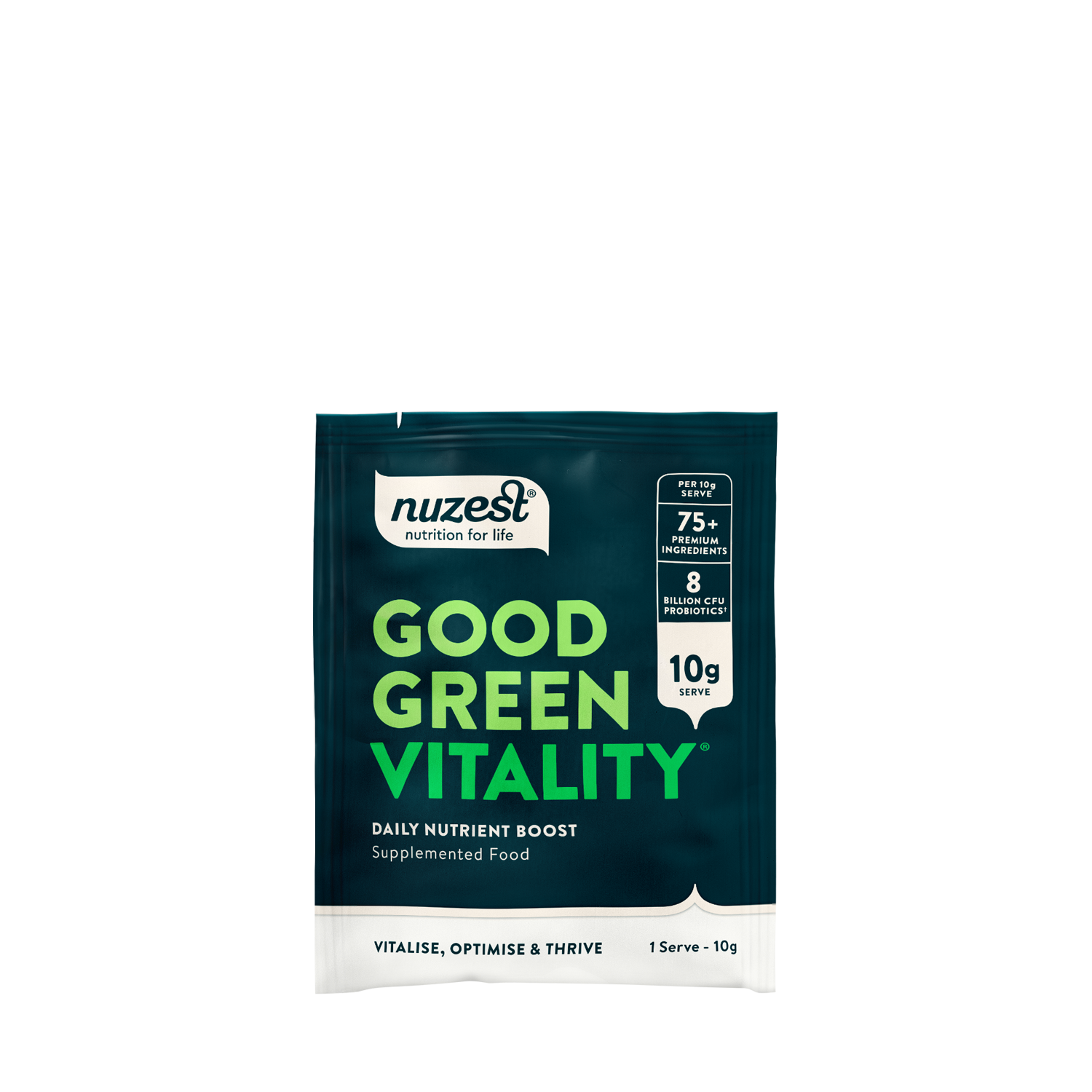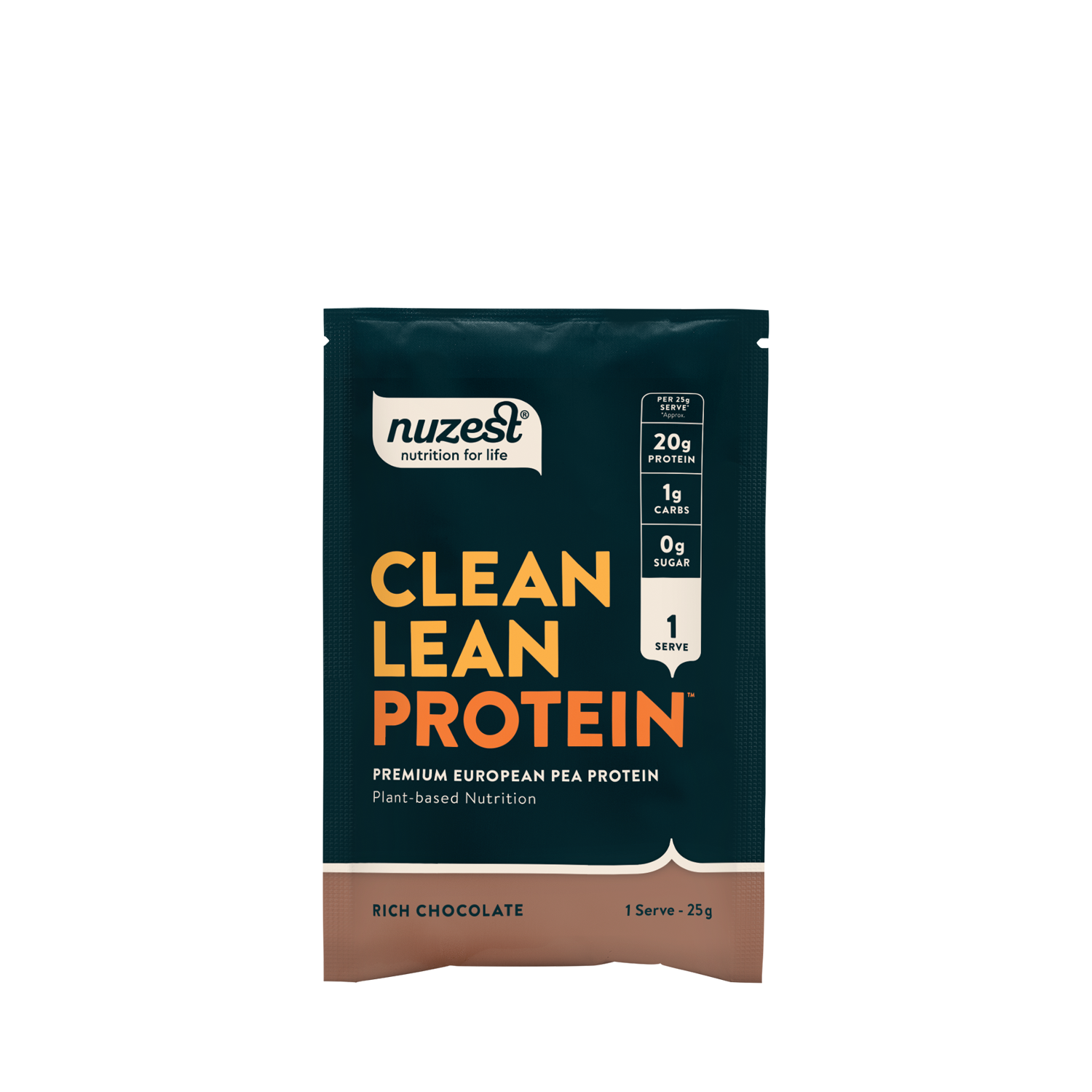Resveratrol
Polygonum cuspidatum (Japanese Knotweed)
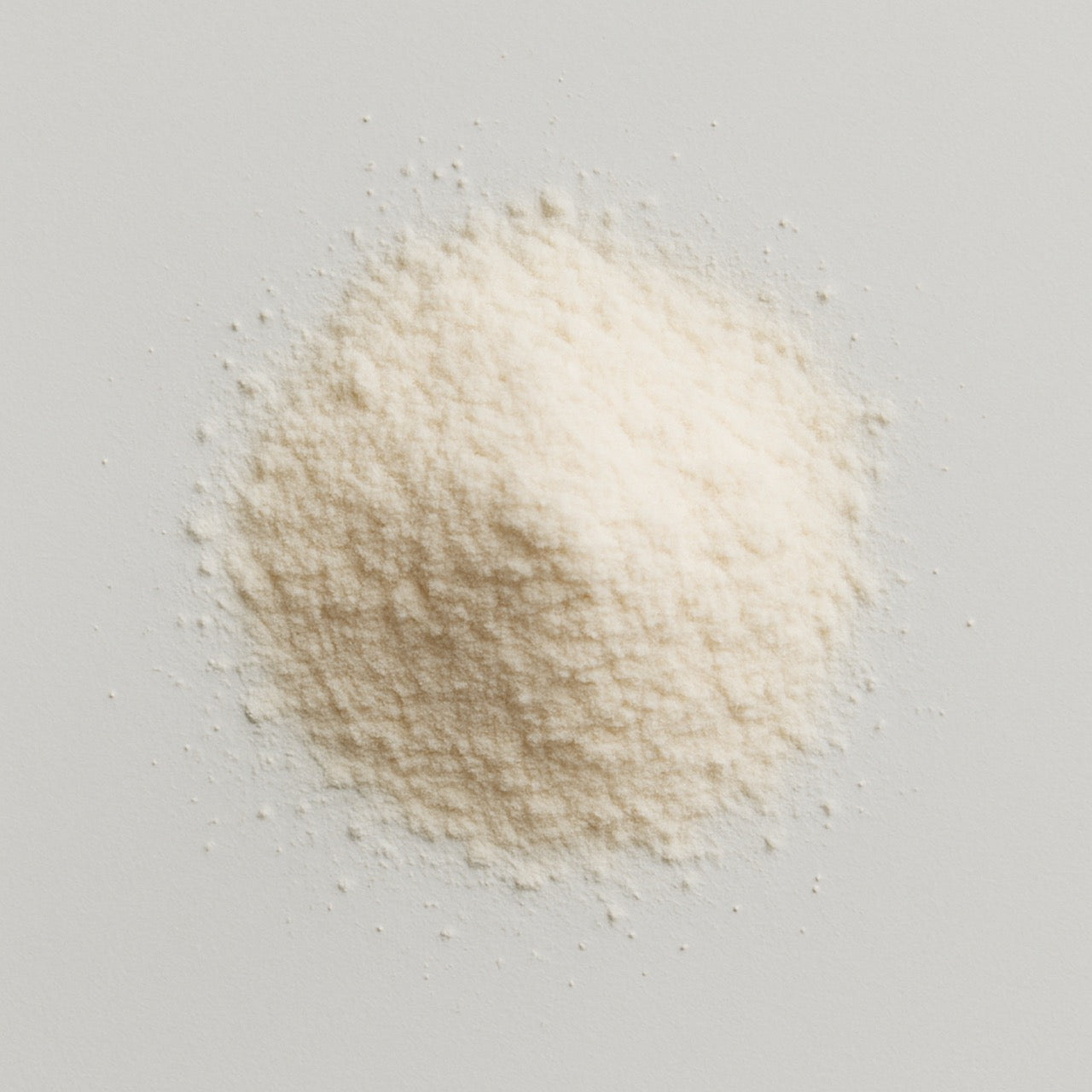
Resveratrol is a natural polyphenol found in the skin of grapes, berries, and peanuts. It is commonly used in food supplements in purified or extract form.
Products:
Resveratrol as an Antioxidant
Resveratrol is recognised for its antioxidant activity, which involves neutralising harmful free radicals within the body. This reduction of oxidative stress can protect cells from damage, supporting overall health.¹
Resveratrol to Support Blood Sugar
Regulation Studies indicate that blood sugar regulation may be influenced by resveratrol, which enhances insulin sensitivity and helps prevent rapid increases in blood glucose levels. This effect can be especially valuable for individuals aiming to manage their blood sugar and reduce the risk of developing type 2 diabetes.²
Neuroprotective Properties of Resveratrol
Research has also explored the neuroprotective effects of resveratrol, suggesting it may support brain health and cognitive function. Its ability to reduce inflammation and oxidative stress in neural tissues could contribute to protecting against age-related cognitive decline and neurodegenerative diseases.³
Resveratrol and Cardiovascular Health
Resveratrol is commonly linked to cardiovascular health. Studies indicate that it can help lower blood pressure, decrease inflammation, and enhance blood vessel function, which collectively support a healthier heart and circulatory system. Additionally, resveratrol may contribute to heart disease prevention by positively influencing cholesterol levels.⁴
Resveratrol and Anti-Ageing?
Resveratrol is recognised for its potential anti-ageing effects. Its antioxidant activity helps protect skin cells from free radical damage, which can lessen visible signs of ageing. Furthermore, resveratrol may support longevity by enhancing cellular health and reducing inflammatory processes.⁵
